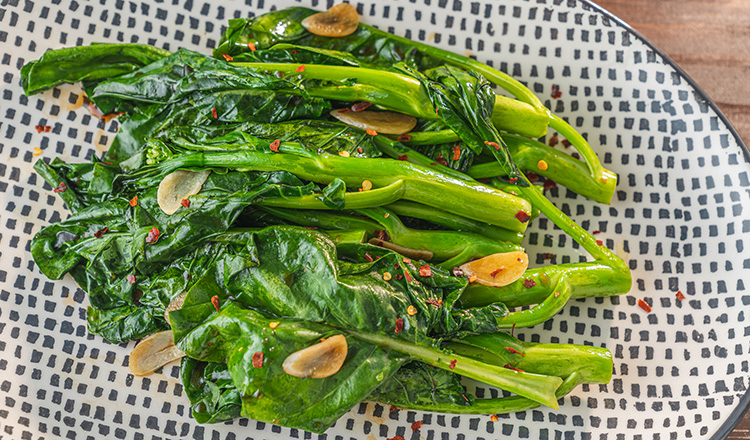One of the main reasons why Vietnamese or Thai food tastes quite different from say, Chinese or Japanese food, is because it relies heavily upon fish sauce. Called nam pla in Thai, nuoc mam in Vietnamese, tuk trey in Cambodian, and patis in Filipino, fish sauce is the quintessential seasoning ingredient. It’s used throughout Southeast Asia and particularly in Vietnam and Thailand where it appears in almost every dish or meal. It adds savoriness and umami—the fifth taste, also called savory—to food, giving it the effect similar to what cheese or mushrooms do to pasta and anchovies to Caesar dressing.
Nam pla is used to season food as well as to make marinades and dipping sauces. In Thailand, cooks add this amber-colored liquid to curries, salads, and stir-fries. When added directly to food, it tastes one way but if drizzled directly onto the surface of a hot pan, it quickly caramelizes and makes the final dish exceptionally savory with a slight smokiness. This technique is particularly important with Southeast Asian stir fries.
At the Vietnamese table, no meal is complete without a dipping sauce made from fish sauce and pounded garlic, chilies, sugar, and water. One way to fully appreciate and understand this ingredient is in a dipping sauce paired with grilled meat or seafood.
Regardless of the origin or style, fish sauce is typically made by layering fish (anchovies are preferred because of their high oil content) with salt and allowing them to ferment in earthenware pots in the hot sun. Good fish sauce, which is high in protein and vitamins, is typically aged for at least 12 months or longer, although the fermentation period is shortening in some cases as manufacturers rush to meet increasing global demands. Once the liquid is ready to be extracted, it’s filtered and transferred to bottles where it will undergo more fermentation. The first pressing is the most prized—slightly oily and deeply flavored—and is best eaten raw, as in a dipping sauce or salad dressing. Depending on the quality of the anchovies and the processing, the first pressing could be amber-colored, or much lighter and similar to cooking oil. In Vietnam, nuoc mam is considered premium if it contains a high percentage of protein, typically anywhere from 30 to 38 percent.
The second and third extractions are made by adding more salted water to the same fish. The process is repeated although the fermentation is typically shorter. These lesser-quality products are not as flavorful and should only be used for cooking and not for dipping sauces.
In recent years, fish sauce has become readily available not only at Asian markets but at gourmet retailers and supermarkets. There are two general types: a darker, full-bodied variety used in Thai cooking as well as a similar Filipino product called patis, and a lighter variety preferred in Vietnamese cooking and sold as nuoc mam nhi (denotes first pressing or premium quality). Good quality fish sauce can be reddish brown or lighter but it should always be clear with smooth, rounded flavors. Cheaper products tend to be darker (too much coloring and possibility some oxidation), salty, and packed in plastic bottles. When purchasing fish sauce for everyday use, consider buying the slightly more expensive, premium brands packed in glass bottles with the Vietnamese words “nuoc mam nhi,” “nuoc cot,” or “thuong hang.” That is not to be confused for the ultra-premium aged varieties you may encounter, which are a splurge better for finishing or uncooked preparations.
To store an opened bottle, keep it in the refrigerator. If the odor begins to permeate other food, you can wrap the neck in plastic wrap. Straight fish sauce can be quite pungent but when cooked or diluted with water, its flavor softens dramatically. With its high salt level, fish sauce will keep for a year or even longer. However, if the liquid turns dark brown and salt crystals start to form at the bottom, replace it with a new bottle.


